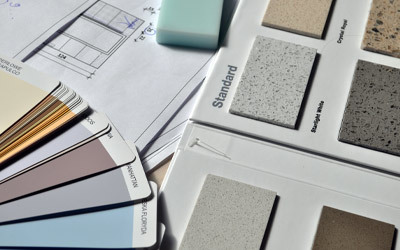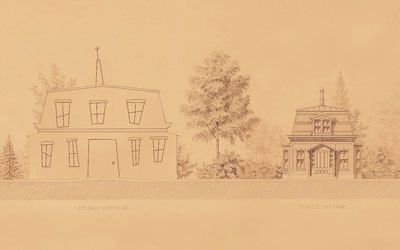Industry Trends
Marketing Insights
Outdoor living spaces muscled their way into the spotlight long before the COVID-19 pandemic materialized in early 2020. And despite looming questions about the economy and job security, spending on outdoor spaces is soaring. So, how can home and building product manufacturers, architects and designers capitalize on homeowners’ evolving relationship with the outdoors?
Here’s what experts are saying about consumer behavior, design trends and keys to success in a market that should only continue to grow.
How has the pandemic changed consumer behavior?
- More than ever, people are investing in their homes in lieu of going on vacation.
- Many homeowners are prioritizing their outdoor living spaces. As a result, business is booming.
- Many city dwellers are migrating to the suburbs and updating the homes they purchase.
- This is especially true in markets with limited inventory, where homeowners are zeroing in on renovations.
- Customers trapped at home are demanding quick results. This means project work is often fast-paced.
- Clients updating secondary properties (more common in markets such as California) tend to be more patient than those renovating their primary residence.
- Many clients are also requesting high-quality materials for easier maintenance and long-lasting spaces.
What outdoor living trends gained steam in 2020?
- Interior design materials, finishes and even features, including Wi-Fi, are increasingly being requested for outdoor areas.
- Outdoor concepts such as nest pads — comfy, bedded patio nooks where people can curl up with a good book or work on their laptop — are gaining traction.
- Homeowners with school-aged children want secondary space for virtual learning. Many are asking for school pods — outdoor learning areas and joint ventures by groups of neighbors. In these spaces, 10 or fewer neighborhood kids are attending online classes together.
- Pools are making a comeback, this time for exercise and with extra features on most wish lists.
- People in some markets, particularly those that are warmer, want zen centers — outdoor spaces for yoga, massage and similar activities, complete with privacy barriers.
- Large outdoor spaces allow for easier social distancing in the age of COVID-19.
- Thanksgiving under the stars? More homeowners want heaters, full food prep stations and other equipment to host large gatherings outdoors.
What outdoor living trends and products are declining?
- Fewer homeowners are requesting landscaping for the sake of landscaping. Think function first.
- Pine and cedar woodwork and similar materials used in outdoor kitchen workspaces, flooring, etc., are being replaced with low-maintenance products such as porcelain tile, aluminum, steel, concrete and engineered quartz.
What must outdoor living pros do to remain successful?
- Get more strategic and creative to remain competitive in a booming business.
- Source more materials locally to combat overseas shutdowns.
- Help clients maximize their outdoor living space, potentially suggesting uses they haven’t considered.
- Listen carefully to clients to understand their unique needs. Resist the urge to overgeneralize or place everyone into one bucket.
- Remember that home design is a conversation.
- Come up with new ways for clients to experience products. Many don’t want to visit showrooms for safety reasons.
- Invite your partners — showroom dealers, designers, builders, etc. — to virtual calls with or without the client.
- Don’t forget about the warranty. It’s more critical than ever.
Need help maximizing your brand in a changing outdoor living market? Email me.
This post includes information shared during the recent Kalamazoo Webinar Series Outdoor Kitchen Trends discussion. Contributing experts included Joan Barton, principal, Dirty Girl Construction; Allan Broadbent, PLA, ASLA, landscape architect, Granoff Architects; and Jake Gazlay, designer director, Chicago Roof Deck.


